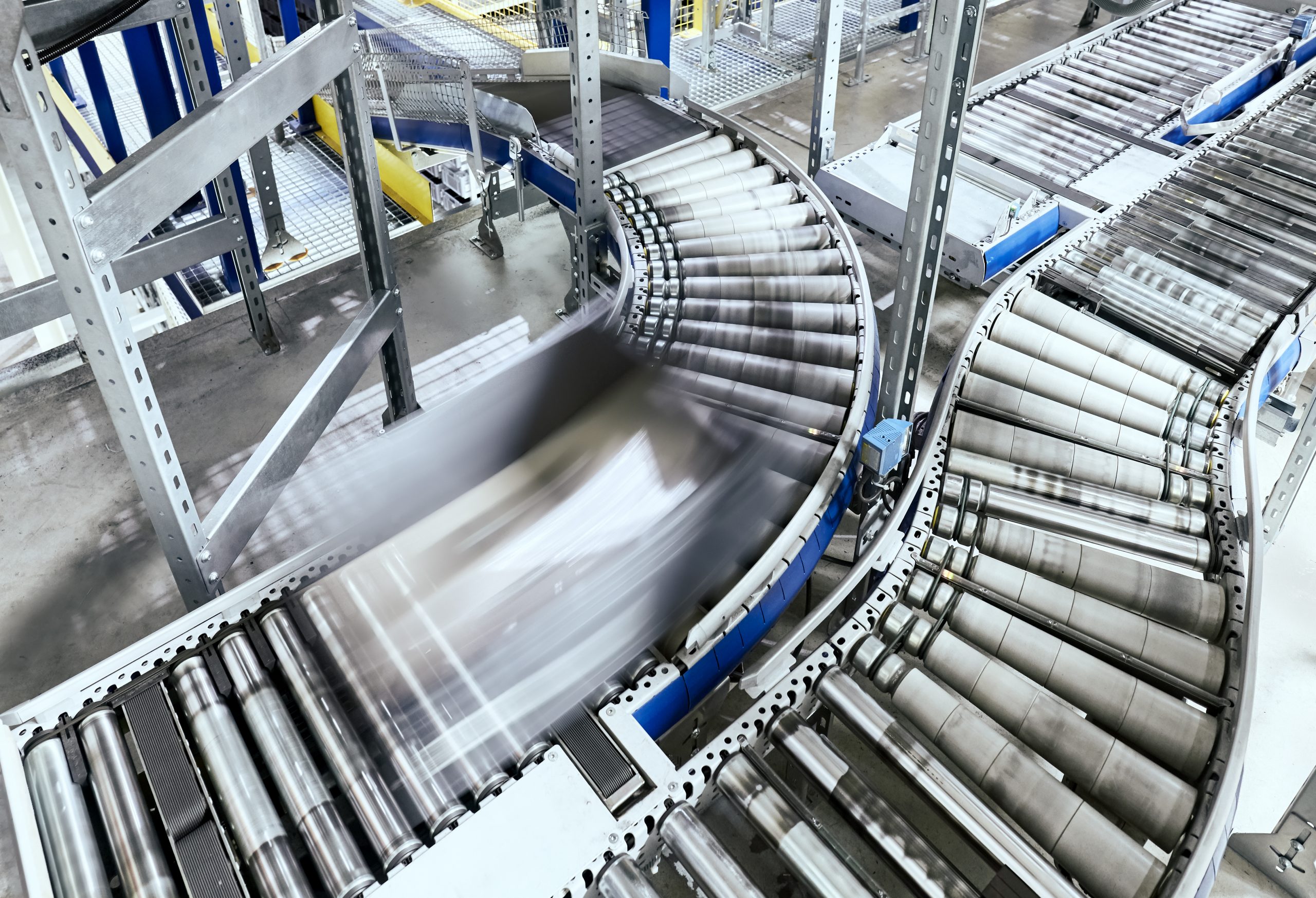Using thermal imaging cameras to monitor your equipment’s performance can drastically reduce the likelihood of unplanned downtime. It can also reduce your reactive maintenance fees and equipment repair costs, and extend the life of your machines.
Thermal imaging is also great for spotting a lack of uniformity in your equipment, by indicating hot and cold spots in your equipment’s surface temperature. Not to mention, heat is often an early symptom of equipment damage or malfunction—which means thermal imaging could help you in your preventive maintenance efforts.
Thermal Imaging with Roller, Chain, and Belt Conveyors
When it comes to monitoring low-speed mechanical equipment, thermal imaging is especially useful. Overheating usually points to impending failure for a lot of different conveyor components—from gearboxes and motors, to drives, bearings, shafts, and belts. Here’s a quick guide for using thermal imaging to analyze your roller, chain, and belt conveyors:
How to Check
Locate your critical conveyors. Which ones are critical? The conveyors that, if they fail, could be a threat or hazard to people, property, or production. Monitor these while they’re still running, making sure you scan the conveyors’ drives, i.e. their electric motors and gearboxes.
While the conveyors are still running, check the conveyor chain on any critical towline, powered overhead, and power-and-free conveyors used in your operations. Scan the bearings in the carrier rolls of powered roller conveyors, and in the idler rollers and drive, tail, and take-up pulleys. Don’t forget to check the belts themselves, too.
What You’re Looking For
While you’re assessing your critical conveyors, be looking for hotspots. Pay special attention to any differences in temperature you find in similar components that are operating under similar conditions. For example, if the end bearings in the same conveyor roller or pulley are running at different temperatures, there’s a good chance the hotter one might be nearing failure.
When it comes to some conveyor components (like drives), thermal imaging can be a great complement to other condition monitoring technologies like oil analysis, vibration monitoring, and ultrasound. Thermal imaging is the ideal monitoring technique for powered roller conveyors, roller-bed belt conveyors, and bulk-handling belt conveyors with idlers, whether these conveyors are elevated or not.
Careful and frequent analysis of your equipment is a sure-fire way to keep your facility running as efficiently as possible. Talk to our team today about your maintenance needs.


